Parents of dyslexic children are often desperate to find the right books for their kids.
Dyslexia typically makes reading a lot harder, due to issues with visual distortion and phonological awareness. Many dyslexic children also build up a mental block around reading and simply refuse to do it. Yet reading is an essential life skill (and can be a huge source of pleasure besides).
So what’s a desperate parent to do?
 There are certainly ways to tempt a reluctant reader.
There are certainly ways to tempt a reluctant reader.
Graphic novels, funny books, page-turners and non-fiction that relates to their interests are always a good bet. So-called ‘easy readers’, with a lower reading levels but higher interest levels (such as those from Barrington Stoke and Saddleback) can also prove popular.
(Check out 8 ways to unlock a love of reading in a dyslexic child for more ideas.)
However, if I could give just one book to a dyslexic child, it wouldn’t be a graphic novel or a side-splitting comedy read.
It would be a puzzle book.
Wait… what?
“That’s not even a real book!” I hear you cry.
Hear me out. Here are some of the reasons puzzle books are great for dyslexic kids:
Making links between words
Puzzle books force you to complete word chains, identify missing links, and find hidden words. Making links between words in this way helps to build up an understanding of how language is put together (something dyslexic people usually struggle with).
Improving visual memory and attention to detail
Strong visual memory skills are needed to identify different letters in reading and spelling. Playing spot the difference, spying hidden objects, cracking codes, and completing word-searches are great skill-builders in this area.
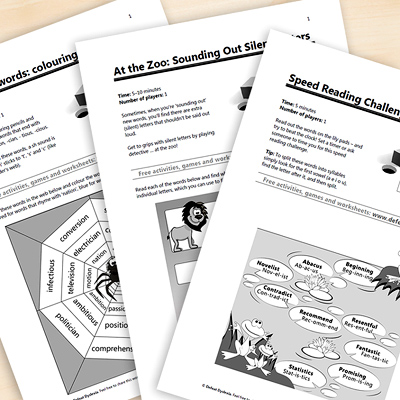 Strengthening directionality
Strengthening directionality
Many younger (and some older) dyslexics will sometimes confuse similar-looking letters, like b/d and p/9, or they’ll mix up words like ‘on’/’no’ and ‘saw’/’was’. Puzzles such as crosswords, kriss-kross and arrowwords strengthen directionality (telling left from right, up from down) and the ability to automatically read and write left-to-right.
Swotting up on sequences
Sequencing (putting things in the right order) is a common dyslexic difficulty. Completing dot to dots, anagrams and rebus puzzles can help to build up strengths in sequencing.
Improving eye-tracking
Word-searches, pathfinders and mazes also provide great practice with eye-tracking or visual-motor integration – areas where dyslexic children can struggle.
Puzzle books are an example of learning that doesn’t ‘feel’ like learning
So next time you’re browsing for books, pick up a puzzle book. Until then, check out some of the Defeat Dyslexia puzzle worksheets, which are free to download.
Pin this post:
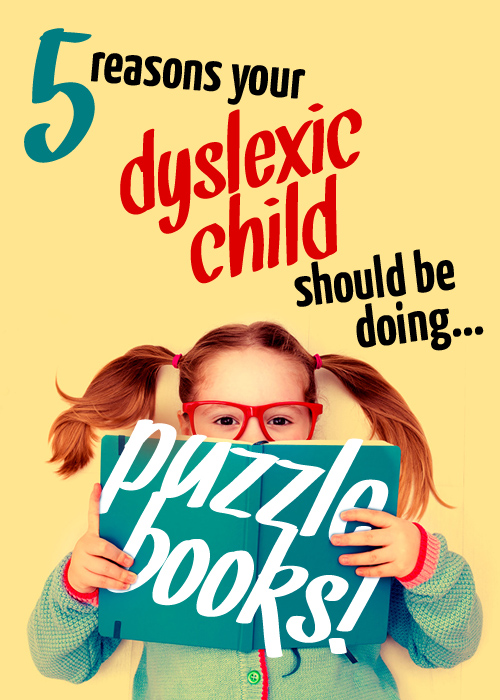

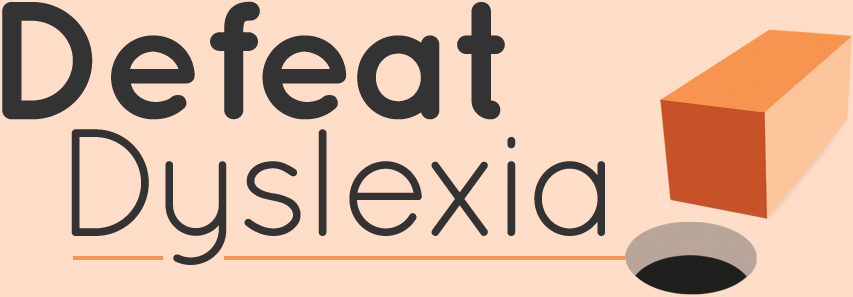



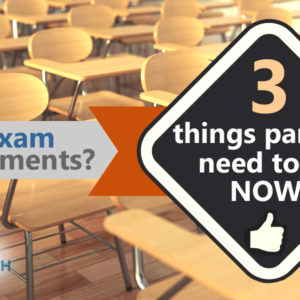
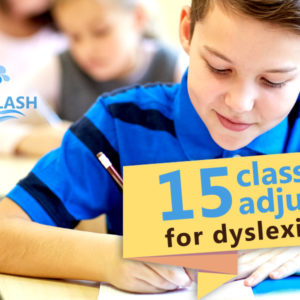
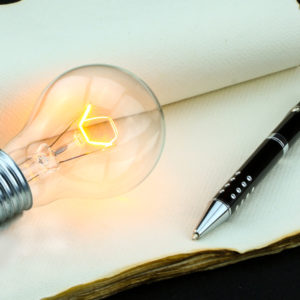


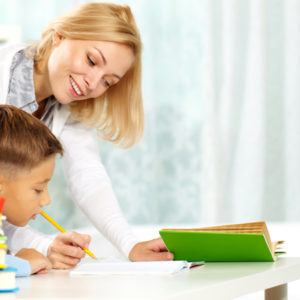
Leave a Reply